6 Roman Shade Styles: Which is Right for You?
Whether you prefer functionality or artistry, Roman shades can be very basic and functional or artistic and beautiful. There are so many Roman shade styles out there that they provide both a beautiful and functional option for almost any room.
When determining what Roman shade styles you are looking for, it is important to know the various styles of Roman shades. Let's take a moment to quickly explain what Roman shades are first.
Defining Roman Shades
Roman shades are a soft window treatment made from a single piece of fabric that folds horizontally to create soft, silhouette-like folds, emerging fully flat when lowered. They differ from roller blinds in that they fold using rings and cord ladder/sewn-in battens (dowels) that create and support the folds sewn or attached by cords, which creates some dimensionality in the cascading. These different appearances correspond to various types of Roman shades, which can have crisp and smooth edges or soft and loose folds. Practically, Roman shades are both light-filtering and blocking and provide privacy. They emphasize the fabric's texture and pattern without the weight of standard curtains, being a lighter and more flexible option. In industry terms, they are often called “Roman blinds” in the UK, but whether you call them shades or blinds, the essential principle is the same: fabric as architecture for a window.
History of Roman Shades
Where did Roman shades come from? The name hints at antiquity: early window coverings in Rome consisted of draped fabrics or animal hides, designed to shield interiors from sun and dust. Over centuries, the concept evolved through textile craftsmanship and the rise of tailored interiors. By the 18th and 19th centuries, Western interior design began favoring fitted fabric treatments, and mechanisms for lifting fabric became more refined. Contemporary Roman shades are the product of that gradual refinement — modern lift systems, engineered fabrics, and pattern-making techniques all gave this classic concept new life.
Are Roman Shades Still Trendy?
Yes — but with nuance. Roman shades occupy a useful middle ground between hard-surface blinds and flowing draperies, which helps explain their staying power. Interior designers lean on them when a room needs refined softness without the theatrical fullness of curtains; architects specify them for compact spaces where clear sightlines matter. From a materials perspective, the current interest in natural fibers, textured weaves and sustainable linings has given Roman shade styles a fresh, modern energy, a diversity reflected in the various types of Roman shades available today. Design blogs frequently list Romans among “timeless” window coverings.
Different Types of Roman Shades
Choosing between types of Roman shades is less a matter of right or wrong and more difference in proportion, fabric and function. Below are the most common Roman shade styles.

Pictured: Custom Sand Beige Flat Fold Roman Shade Cordless.
1. Flat Roman Shades
Flat Roman shades are clean and contemporary window coverings that fold neatly at the bottom when raised, creating a neat, compact stack. Their smooth face makes them ideal for modern and transitional rooms, standing out among various Roman shade styles for their minimalist appeal. Choose flat Roman shades when you want an understated look that still allows fabric choice—linen, cotton blends, and heavier weaves each change the mood dramatically.
Why they work: versatile aesthetics, easy everyday function, and compatibility with blackout or light-filtering linings and optional motorization. Great for living rooms and bedrooms where a tidy profile matters.

Pictured: Custom Jawara Walnut Deco Fold Roman Shade Cordless.
2. Hobbled Roman Shades
Hobbled Roman shades, sometimes also called "cascade" or "waterfall" Roman shades, are a distinctive and popular choice within Roman shade styles, characterized by overlapping, neat pleats that resemble a series of tight "Z" shapes or steps when viewed from the side, creating a luxurious, cascading texture when lowered. The stitching allows the fabric to stack in gentle, overlapping waves when lowered, offering a plush and upholstered appearance. These shades bring warmth and dimensional style to a room—ideal for bedrooms, studies, and living areas where texture and coziness are desired. The deep folds also provide additional insulation and a sense of softness and weight.
Why they work: rich tactile appeal, enhanced insulation, and a furniture-like finish that elevates traditional and soft-modern interiors, they pair well with light-filtering or blackout linings and can be customized with a variety of plush or medium-weight fabrics like linens, textured weaves, and quilted materials.

Pictured: Custom Liz Snow White Relaxed Roman Shades Cord Lift.
3. Relaxed Roman Shades
Relaxed Roman shades create a gentle, curved fold when raised, which immediately reads casual and inviting. These are great for coastal, farmhouse, and boho interiors where a formal, tailored fold would look out of place. Among the various Roman shade styles, this relaxed version stands out for its decorative and charming character.
Why they work: they’re decorative and charming, but keep in mind they usually require “dressing” by hand each time they’re raised and are not motorization-friendly. Layering with a roller or solar shade underneath gives you function without losing the relaxed look.

Pictured: Pleated Austrian Sheer Roman Shade Cord Lift.
4. Pleated Roman Shades
Pleated Roman shades are characterized by uniform, structured pleats sewn across the fabric at regular intervals. The spacing between pleats is typically a few inches. Visually, they offer a sophisticated, orderly appearance. These shades are often a distinctive feature among Roman shade styles that are often chosen for formal or traditional settings.
Why they work: surprisingly practical despite their formal look—pleated Roman shades can be motorized and make a room feel layered and warm, ideal for dining rooms and traditional living rooms.

Pictured: Custom Zola Rod Pocket Balloon Curtain.
5. Balloon Roman Shades
Balloon Roman shades gather into a soft, fluffy arc when raised, creating a soft, cloud-like silhouette that exudes both romantic charm and a touch of vintage charm. Unlike flatter or linear styles within the broader Roman shade styles family, balloon shades rely on extra fabric and subtle internal shaping to create sculptural depth, which makes them as much a decorative focal point as a functional window covering. The effect is decorative and inviting without appearing fussy, excellent for dressing in bedrooms, or any room where a curated, feminine, or period-inspired touch is desired.
Why they work: dramatic, sculptural presence with soft, voluminous folds that add texture and help dampen sound; heavier fabrics and linings hold the shape while improving light control and insulation, and pair with an inner roller or solar shade for everyday privacy and light management, since balloon Romans are primarily decorative and usually operated manually.

Pictured: Isabella Cotton Tulip Roman Shade Cord Lift.
6. Tulip Roman Shades
Tulip shades, as one of the distinctive Roman shade styles, form inverted pleats that mimic a flower’s curve—very decorative and suitable for formal or traditional rooms. They bring visual interest and a touch of Southern or classical elegance. The effect is decorative without being fussy, good for dressing bedrooms, or any room where you want a feminine, curated touch.
Why they work: perfect as a statement window treatment; best paired with a secondary, functional shade (solar or blackout) for daily privacy and light control because tulip styles typically need manual adjustment.
Experience Roman Shades Firsthand
Roman shades remain a versatile, historically rich choice. Whether you favor the clean plane of a flat Roman, the soft folds of a hobbled style, or the decorative flair of a tulip or balloon shade, exploring various Roman shade styles reveals that there are types of Roman shades to match nearly every interior program. Test samples, mind the lining, and pick a control that fits your lifestyle—then enjoy a window treatment that blends classical roots with contemporary function.


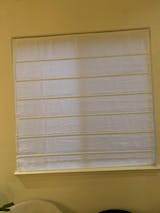
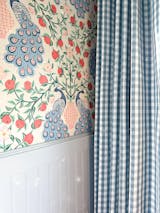
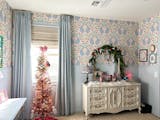
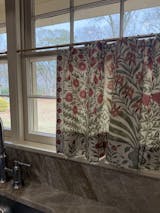

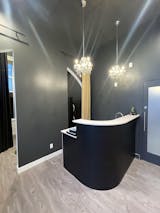

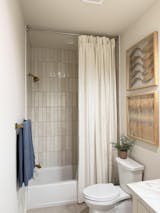
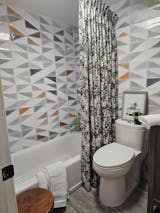
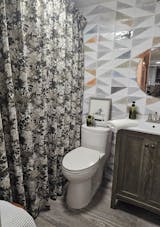
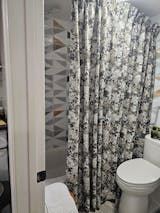
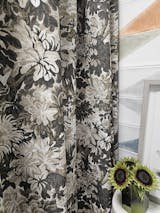
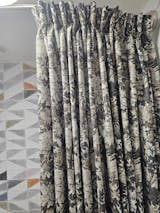
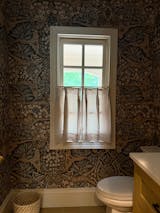
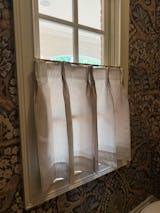
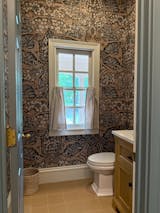
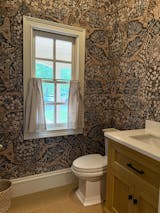
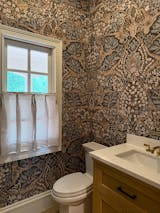
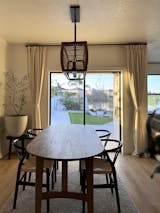
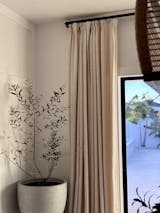
Leave a comment